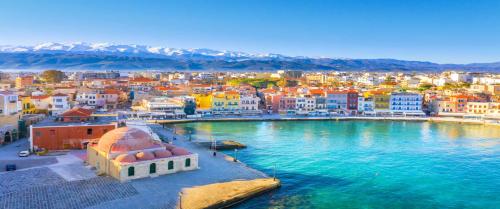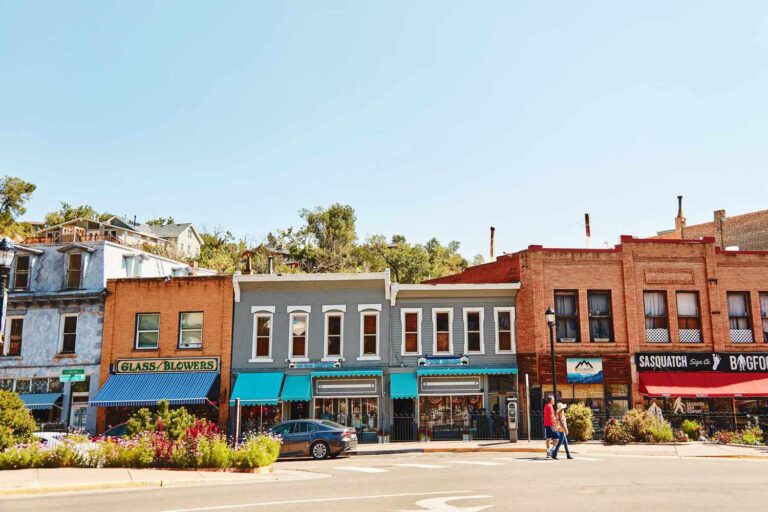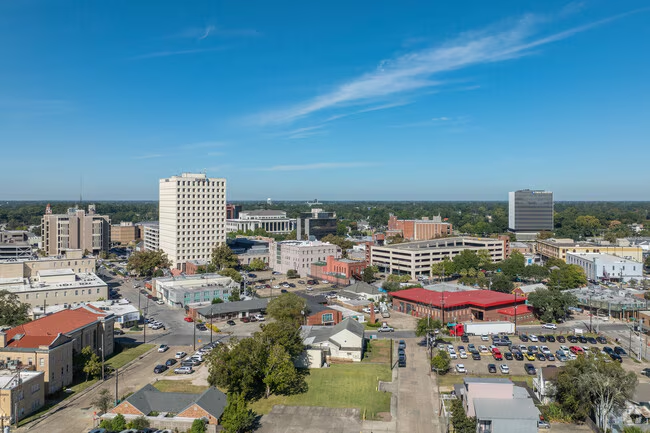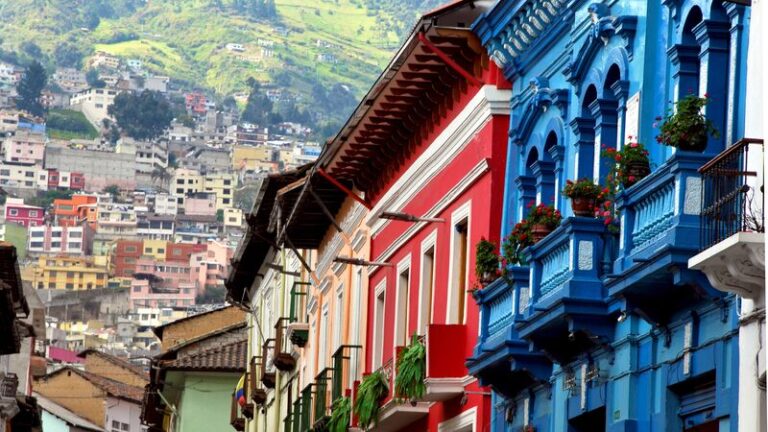The Greek island of Crete offers history, culture, and stunning landscapes that create an unforgettable travel experience. Crete offers something for everyone, whether you’re looking for ancient ruins, authentic Cretan cuisine, or pristine beaches. From must-see attractions to practical tips for navigating the island, this guide has everything you need to plan your dream trip.
This is a list of the top 8 things you need to do in Crete
Crete offers a wide variety of experiences that will cater to the needs of every type of traveler. We have compiled a list of the top eight highlights that you should not miss:
1. Visit the Palace of Knossos, which is one of the most famous palaces in Greece
A trip to Knossos is a journey to the past of Crete’s ancient Minoan civilization, which dates back to 1900 BC. You can imagine the grandeur of this sprawling complex that once served as the home of the mythical Minotaur as you wander through the ruins.
“Walking through Knossos felt like stepping back in time. The vibrant frescoes and labyrinthine layout brought ancient history to life.”
Entry Fee: €15 per person
Opening Hours: 8:00 AM – 8:00 PM daily
Pro Tip: Arrive early to avoid crowds and the midday heat.
2. Relax on the beautiful Elafonissi Beach
Elafonissi Beach is known for its pink-hued sand and turquoise waters, making it a slice of paradise for tourists. This beach is one of the best places in the world to sunbathe, swim, and windsurf.
Entry: Free
Facilities: Beach bars, sunbeds, and umbrellas (rentals start at €10/day).
3. Take a hike in the Samaria Gorge
A 16-kilometer trek through one of Europe’s longest canyons, the Samaria Gorge, is perfect for adventure seekers looking for a challenge. There will be dramatic cliffs, lush greenery, and a sense of accomplishment at the end of this hike.
Duration: 4-7 hours, depending on pace
Entry Fee:€5
Tip: Wear sturdy hiking boots and bring plenty of water.
4. Take a tour of Rethymno’s Old Town during your visit
A blend of Venetian and Ottoman influences can be seen in Rethymno’s Old Town, characterized by charming alleyways, historic buildings, and waterfront dining.
Highlights: Fortezza Fortress, Rimondi Fountain
Best Time to Visit: Late afternoon to enjoy the sunset.
5. Take a tour of the Heraklion Archaeological Museum
A visit to Knossos would not be complete without a visit to the museum, which serves as a great complement to a visit to the site.
Entry Fee:€12
Opening Hours: 8:00 AM – 8:00 PM daily
Tip: Allocate 2-3 hours for your visit.
6. Taste Local Wines in Archanes
Crete boasts a rich winemaking tradition. Archanes, a picturesque village near Heraklion, offers winery tours and tastings.
“Sampling local wines while overlooking the vineyards was a highlight of my trip.”
7. Explore Spinalonga Island
Once a leper colony, Spinalonga Island is now a fascinating historical site accessible by boat.
Boat Fee:€10 round trip
Tip: Combine your visit with a swim in the nearby clear waters.
8. Experience Chania’s Venetian Harbor
Stroll through the harbor’s cobbled streets, enjoy seafood at waterfront tavernas, and soak in the romantic ambiance.
9 Other Things to See and Do in Crete
Beyond the essentials, Crete offers hidden gems for curious explorers:
Balos Lagoon: A striking blend of azure waters and rugged cliffs. Accessible by boat or hike.
Arkadi Monastery: A symbol of Cretan resistance with a poignant history.
Preveli Beach: Famous for its palm forest and river delta.
Cave of Zeus (Dikteon Cave): Mythical birthplace of Zeus.
Gortyna: Explore Roman-era ruins.
Vai Palm Beach: Europe’s largest natural palm grove.
Agios Nikolaos: A picturesque town with a lake at its center.
Water City Waterpark: Fun for families and thrill-seekers.
Matala: Known for its caves and hippie heritage.
How to Stay Safe in Crete
Crete is generally safe, but here are some tips to ensure a worry-free trip:
Stay Hydrated: The summer sun can be intense.
Watch Your Belongings: Especially in crowded tourist areas.
Use Reliable Transportation: Stick to reputable car rental services.
Stay Informed: Check weather conditions if hiking or visiting beaches.
Where to Stay
Crete offers a range of accommodations, from budget-friendly hostels to luxurious resorts. Here’s a breakdown:
| Accommodation Type | Average Cost Per Night | Features |
|---|---|---|
| Budget Hostels | €15 – €30 | Dorm beds, shared facilities |
| Mid-Range Hotels | €50 – €100 | Private rooms, free Wi-Fi, breakfast included |
| Luxury Resorts | €150+ | Ocean views, spa services, pools |
Food in Crete
Cretan cuisine is a delight, emphasizing fresh, local ingredients. Don’t miss:
- Dakos: A rusk topped with tomatoes, feta, and olive oil.
- Kalitsounia: Cheese pies.
- Sfakia Pie: A savory-sweet pancake.
Recommended Restaurants:
- Ta Dyo Rou: Known for its authentic Cretan dishes.
- Avli in Rethymno: An upscale dining experience.
Suggested Budget
| Expense Type | Daily Cost (Budget) | Daily Cost (Mid-Range) | Daily Cost (Luxury) |
| Accommodation | €20 | €80 | €200 |
| Food | €15 | €40 | €100 |
| Transportation | €10 | €20 | €50 |
| Activities | €10 | €50 | €100 |
| Total | €55 | €190 | €450 |
Money-Saving Tips
- Travel Off-Season: Visit in spring or fall for lower prices.
- Use public transport; buses are affordable and reliable.
- Stay in Hostels: Great for budget travelers.
- Eat at local taverns: authentic and inexpensive.
How to Get Around
Crete’s size makes transportation a key consideration. Options include:
- Car Rental: Ideal for flexibility; prices start at €30/day.
- Buses: Extensive network; fares range from €2-5.
- Taxis: convenient but pricier.
- Bikes/scooters: affordable and fun for short distances.
When to Go
The best time to visit Crete depends on your preferences.
- Spring (April-May): mild weather, blooming landscapes.
- Summer (June-August): Perfect for beach lovers.
- Fall (September-October): Warm waters, fewer crowds.
- Winter (November-March): quieter, ideal for cultural exploration.
Best Places to Book Your Trip
Here are reliable platforms to organize your Crete adventure:
- Visit Greece: Official tourism site.
- Booking.com: For accommodation deals.
- GetYourGuide: Activities and tours.
FAQs
1. What is the currency in Crete?
Crete uses the Euro (€).
2. Do I need a visa to visit Crete?
Visitors from the EU and many other countries don’t need a visa for stays under 90 days.
3. Is Crete family-friendly?
Absolutely! Beaches, historical sites, and family-friendly resorts make it ideal for kids.
4. What language is spoken in Crete?
Greek is the official language, but English is widely understood.








